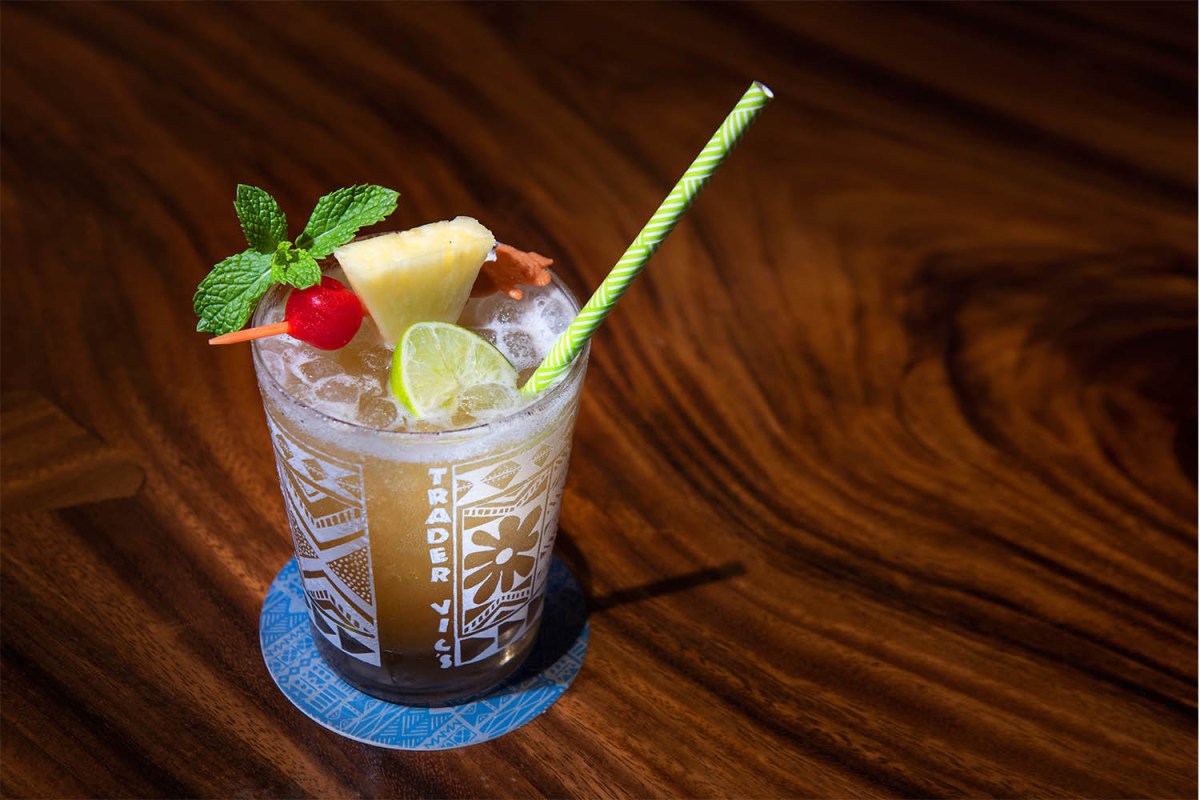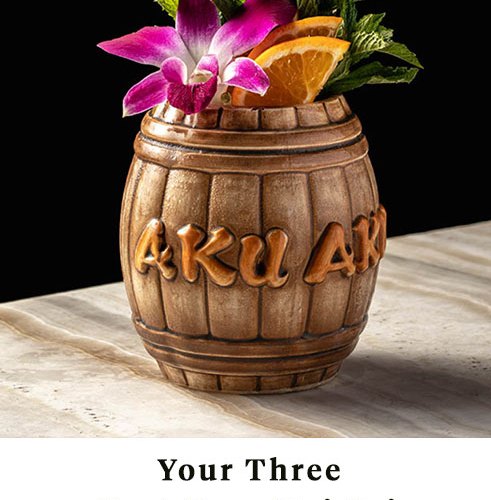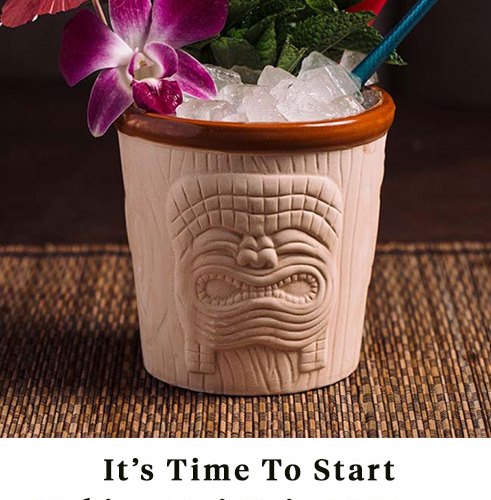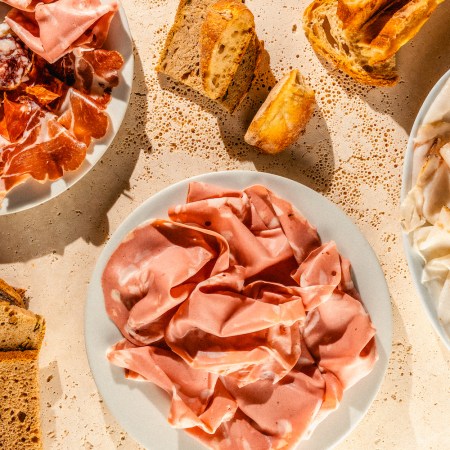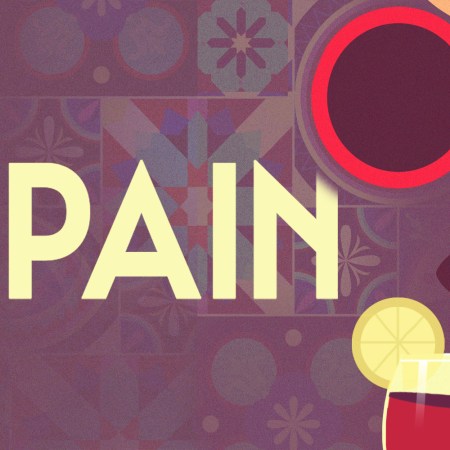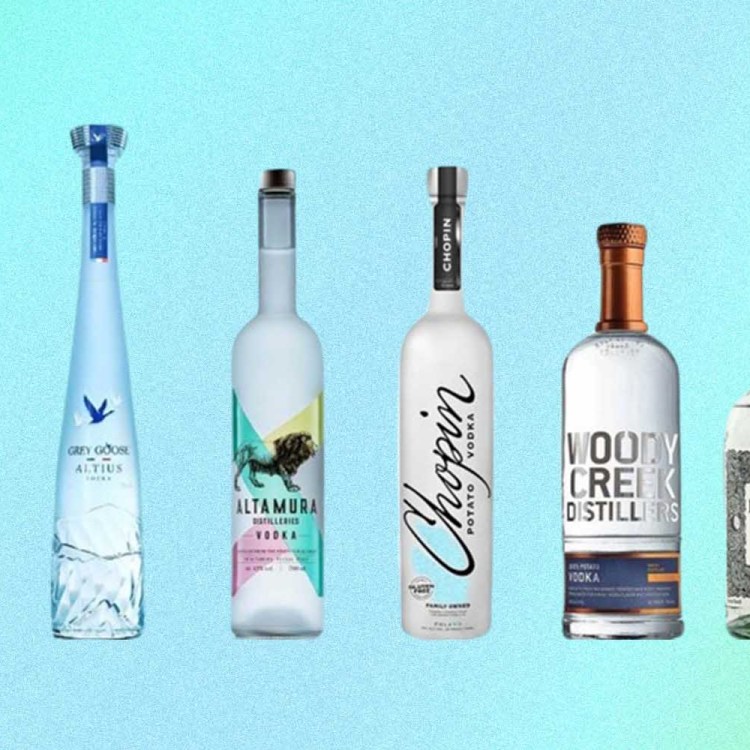Happy 75 years to the Mai Tai, the “most replicated tropical drink of all time” according to the iconic tiki bar Trader Vic’s.
It might also be the most bastardized cocktail ever. Today’s Mai Tai is a far cry from the original recipe, the one developed by Victor Jules Bergeron (a.k.a. Trader Vic) at his Oakland bar in 1944. There, Vic combined a 17-year old Jamaican J. Wray Nephew rum, fresh lime, orange curaçao from Holland and a dash of rock candy. Shaken by hand and garnished with fresh mint and lime, the new drink earned its moniker from a Tahitian friend of Vic’s, who proclaimed “Mai Tai roa ae” after a sip, or Taihitian for “out of this world” and “the best.”
(Yes, tiki bar legend Donn Beach, a.k.a. Don the Beachcomber, also invented a mai tai in 1933, which Vic may or may not have been aware of — to be fair, Vic denies it in his bartender’s guide.)
One problem with today’s Mai Tai is that you’ll never get hands on a 17-year old J. Wray & Nephew rum, which the original drink was there to highlight. As well, most people are more familiar with a sweeter take on the cocktail, developed by Bergeron for some Hawaiian hotels in the early ‘50s. That popular Royal Hawaiian take, which adds pineapple and orange juice and today is most likely to be found at your local beach hangout, has become the de facto mai tai in most people’s minds, much to the chagrin of today’s better bartenders.
“Mai tais can’t be sweet. They need to be boozy and punchy and refreshing,” explains Lee Zaremba, the beverage director behind Chicago’s cocktail bar Lazy Bird.
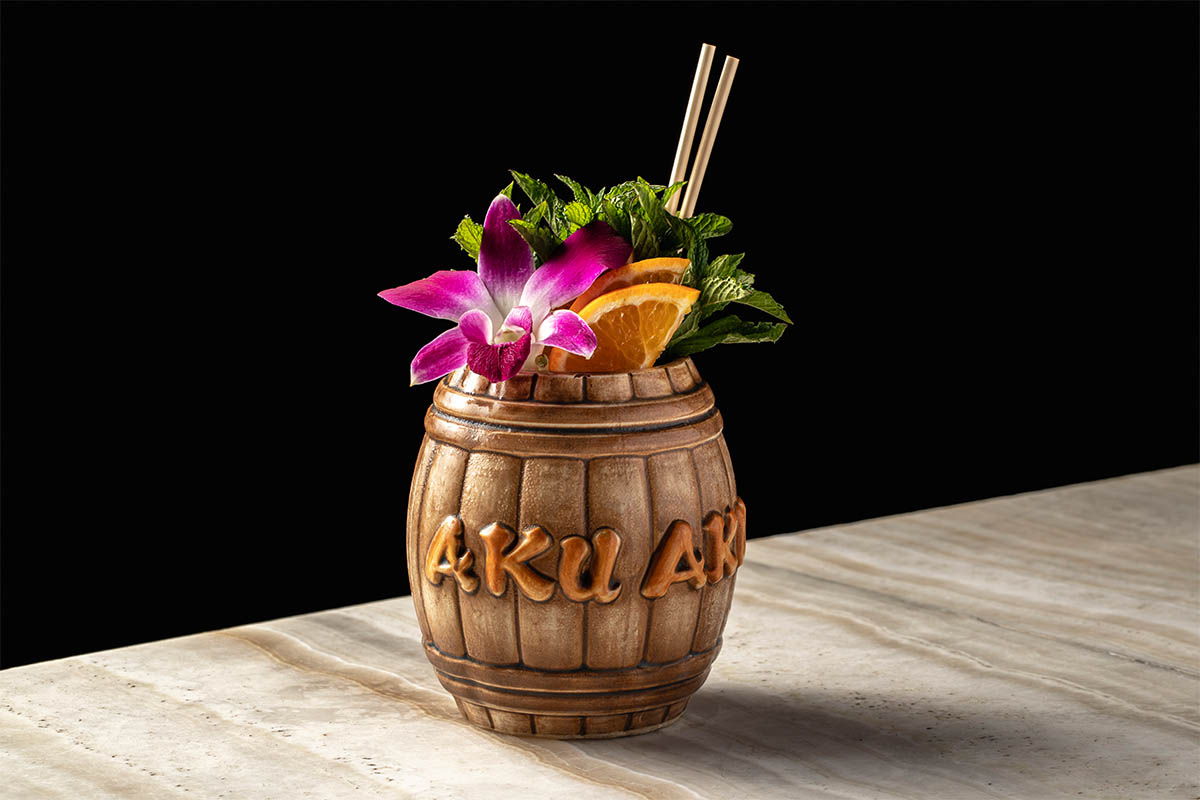
“It’s the simple combination of ingredients in perfect proportions is what has made the Mai Tai the iconic cocktail of tiki culture,” adds Kevin Beary, beverage director of InsideHook’s best rum bar in America, Three Dots and a Dash, and its speakeasy offshoot, The Bamboo Room. “You have to pay close attention to the blend of the rums you are using. This is not the cocktail for using up your cheap rums.” He also strongly advises on the necessity of good-quality orgeat, proportionately crushed ice and fresh mint on the garnish.
As for the Polynesian-themed restaurant that started the Mai Tai craze — a craze that included a big fan in Richard Nixon — their goal has been to hew closely to Vic’s first take on the cocktail. “We’ve worked hard to protect the integrity of the drink by insuring that we stick as close to the original recipe as possible,” says Trader Vic’s VP of Operations and former Director of Food & Beverage Raquel A. Rodriguez. “I think by altering or adding additional ingredients you’re creating a whole new cocktail.”
(Trader Vic’s does offer something called “Tropical Tais” which incorporate fruit flavors like passionfruit or mango, but these are purposely not labeled as a Mai Tai.)
Still, no recipe is sacred, so we asked three bartenders — Beary, Zaremba and Momofuku’s Haera Shin — to give us a Mai Tai update for 2019. Those recipes, and justifications, are below.
They are Mai Tai roa ae, as they say.
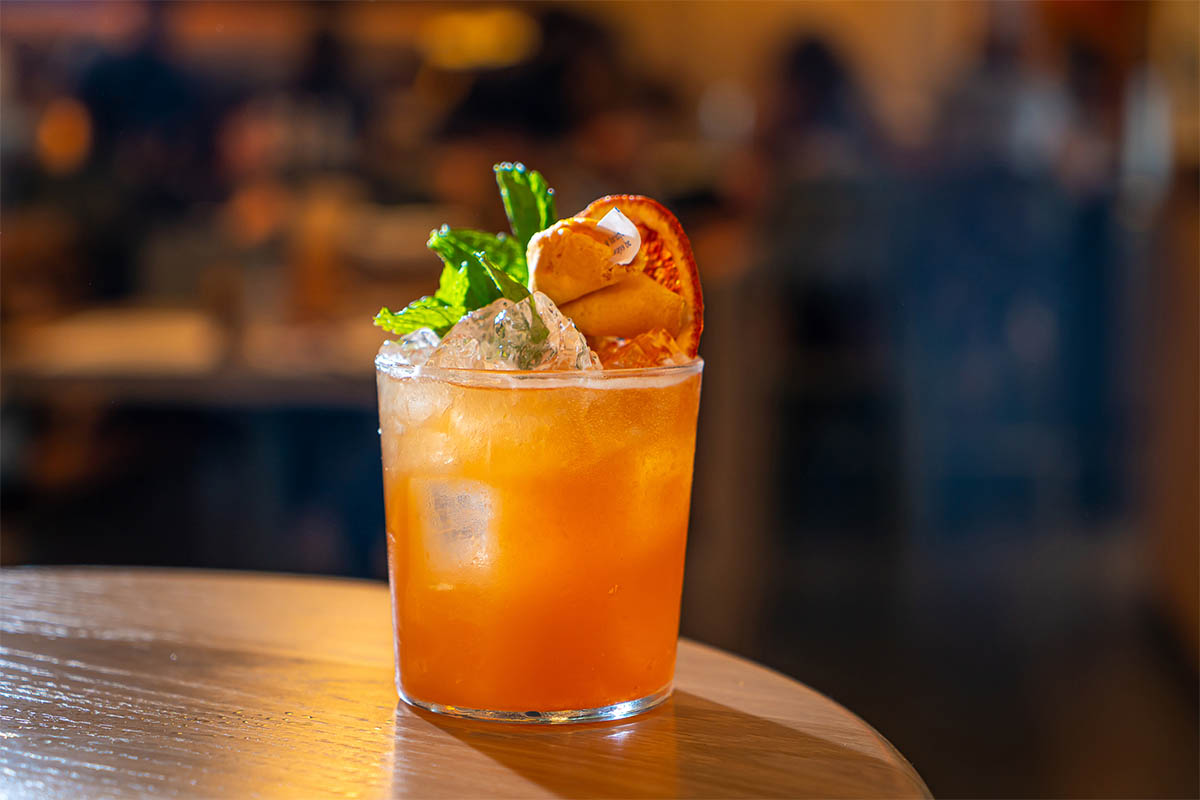
Five Star Mai Tai
Haera Shin, Momofuku Noodle Bar Columbus Circle (New York)
1.5 oz Ten To One Dark Rum
0.25 oz Trader Vic’s Macadamia Nut Liqueur
0.25 oz Chinese 5 Spice-infused Tokki Black Soju
0.5 oz demerara syrup
1 oz pineapple purée
0.5 oz mandarin orange purée
0.5 oz blood orange juice
0.5 oz lime juice
Shake all ingredients and strain into a double old fashioned rocks glass. Garnish with a large mint sprig, a dehydrated blood orange wheel and a fortune cookie.
“Chinese 5 Spice is the foundation of this Mai Tai variation; the spices work superbly with rum and tropical flavors,” says Shin. “Ten to One rum stands up to all of the tropical elements and spices; the vanilla and toffee notes pair well with the macadamia nut liqueur. The mandarin and blood orange in the drink are sweet and slightly bitter and round out the pineapple.”
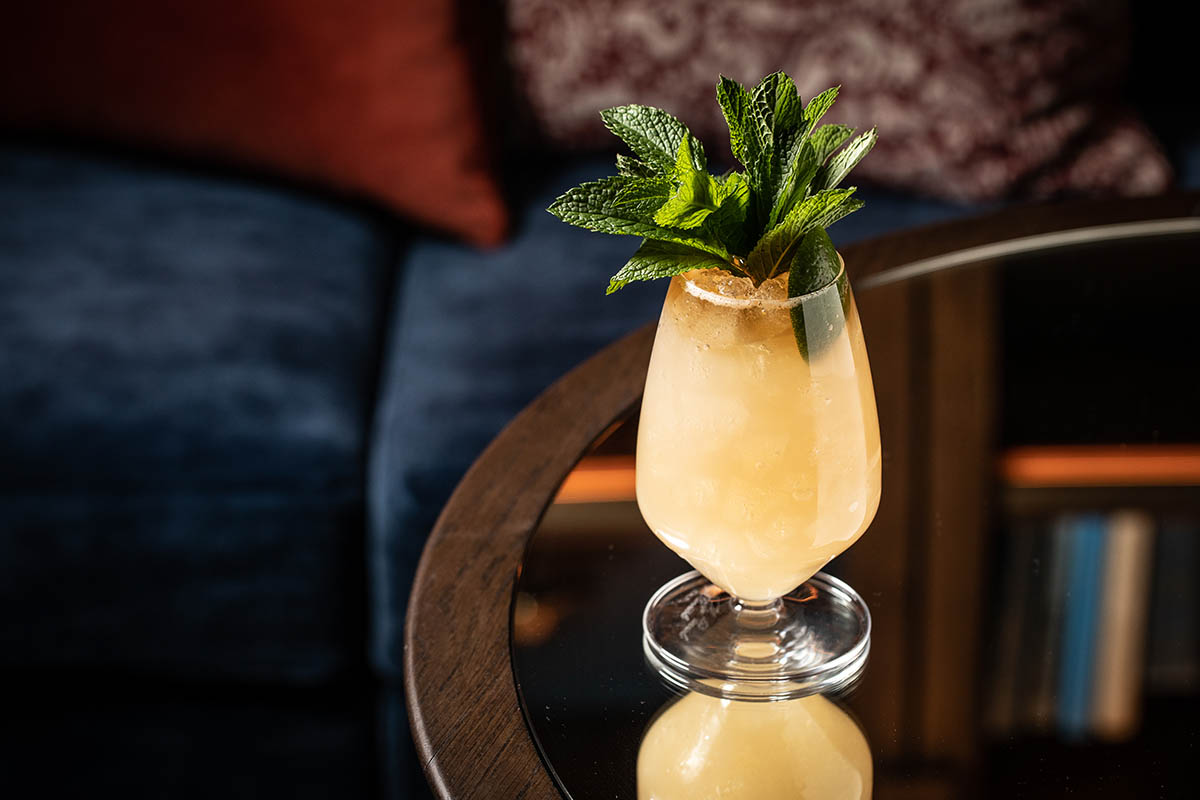
Lazy Bird Mai Tai
Lee Zaremba (Boka Restaurant Group/Lazy Bird, Chicago)
1 oz Zhumir Aguardiente
0.5 oz Hamilton’s Jamaican black rum
0.5 oz Plantation pineapple rum
0.75 oz lime juice
0.5 oz hazelnut orgeat
0.25 oz Combier triple sec
0.25 oz simple syrup
Add all ingredients to tins and shake vigorously. Strain to rocks glass filled with crushed ice. Top with Jamaican black rum float (another 1/2 oz or so). Garnish with lime cap and mint bouquet.
“This recipe pays homage to the original with subtle tweaks,” says Zaremba. “Using Aguardiente, for example, lends a vegetal quality, while pineapple rum tips the cap to the bastardized ’90s versions of the drink and hazelnut orgeat is just tasty. Overall, this dry and refreshing, but also interesting.”
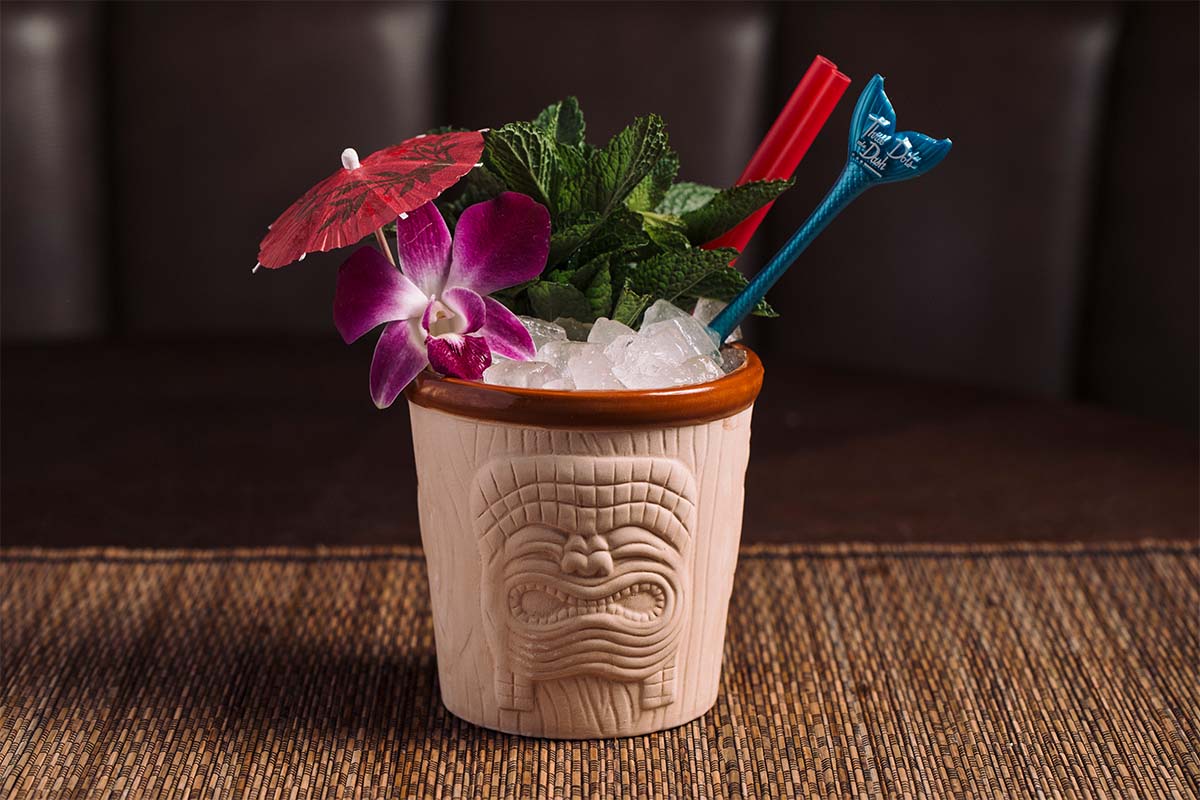
Trader Vic’s Mai Tai
Kevin Beary, Three Dots and a Dash/The Bamboo Room (Chicago)
1 oz. aged Jamaican Rum
1 oz. 100 Proof Blanc Rhum Agricole
0.5 oz. Dry Curaçao
1 oz. Fresh Lime Juice
1 oz. Orgeat
Jamaican Overproof Float (Optional) “A float of funky Jamaican overproof is not traditional for a Trader Vic Mai Tai but that is how I prefer them.”
Build the cocktail in a double rocks glass, add crushed ice until the drink fills the glass, and swizzle until it’s homogeneous (becomes opaque). Garnish with a bouquet of mint.
“I split the base between two different rums to give it depth and a richer, more complex flavor,” says Beary. “My preferred blend is a mix of funky aged Jamaican rum and a Martinique rhum agricole. Proof of both rums is important for a cocktail in the proportions of a Trader Vic Mai Tai When choosing a Jamaican rum, opt for something that is has moderate age of around 8-12 years. I generally opt for a blended pot and column rums that are nor too high in ester content —around 80. The rhum agricole should be unaged and high proof, around 100 proof.”
Join America's Fastest Growing Spirits Newsletter THE SPILL. Unlock all the reviews, recipes and revelry — and get 15% off award-winning La Tierra de Acre Mezcal.
